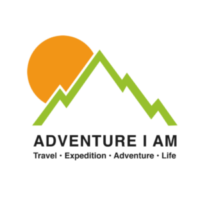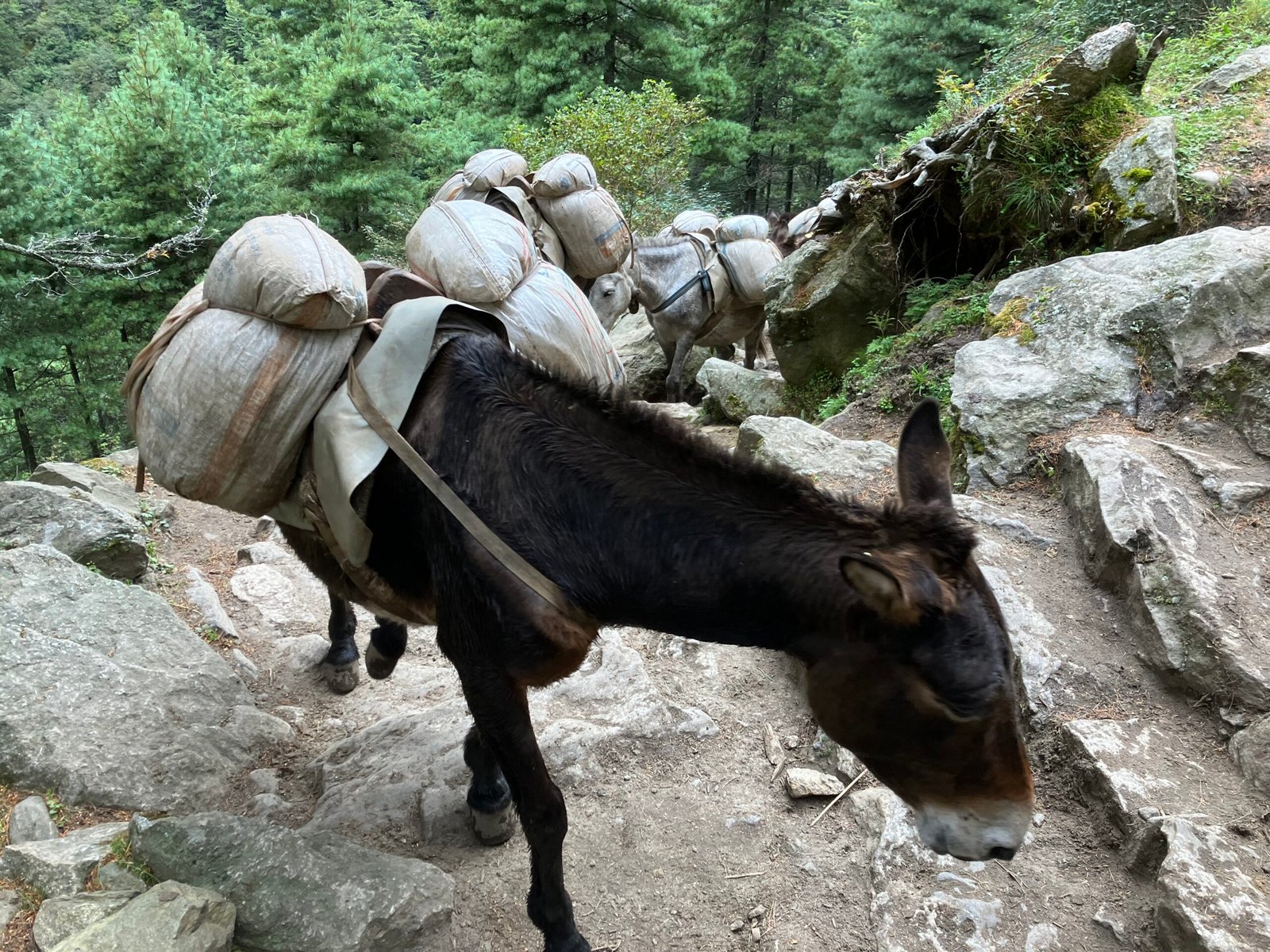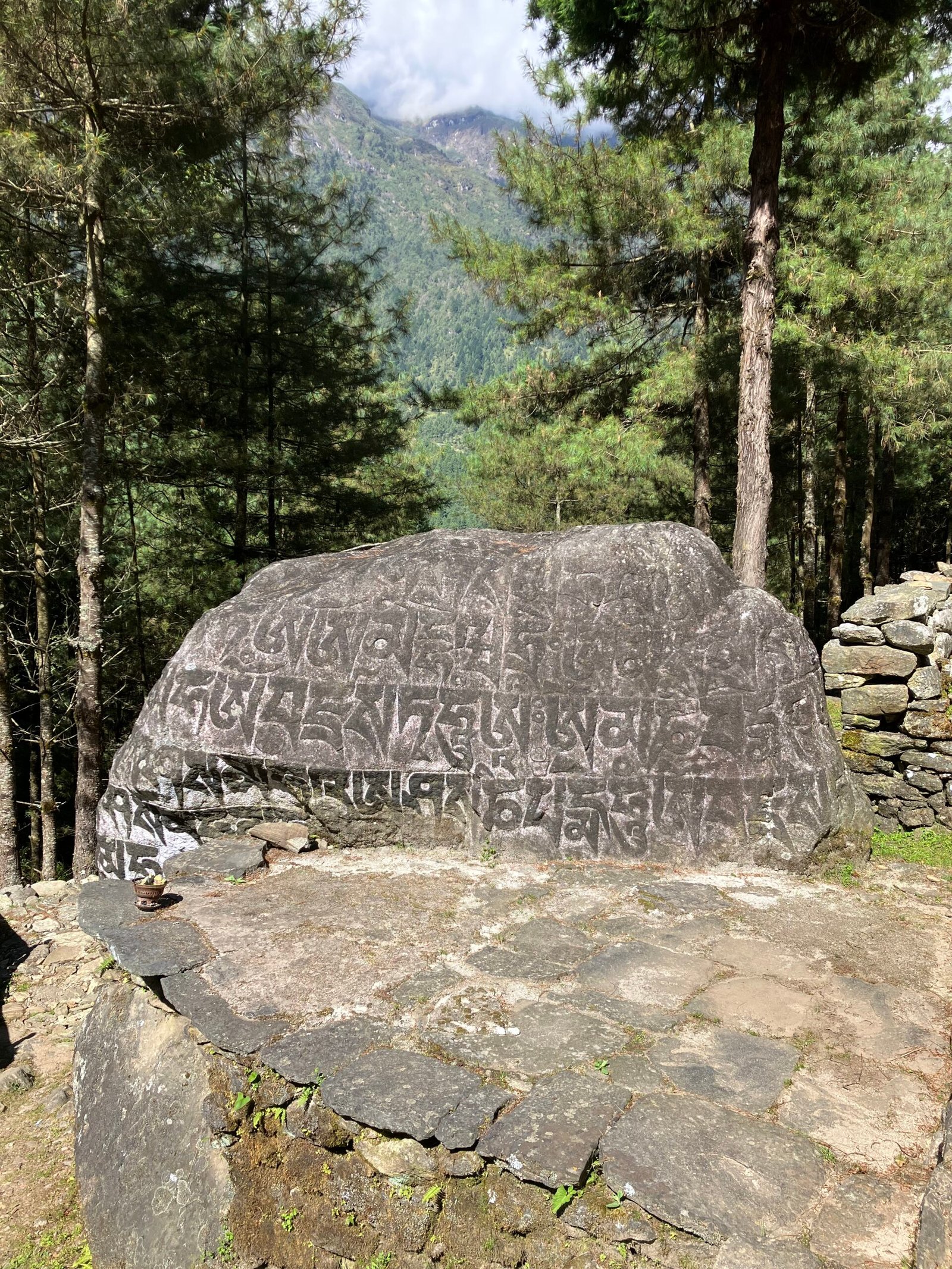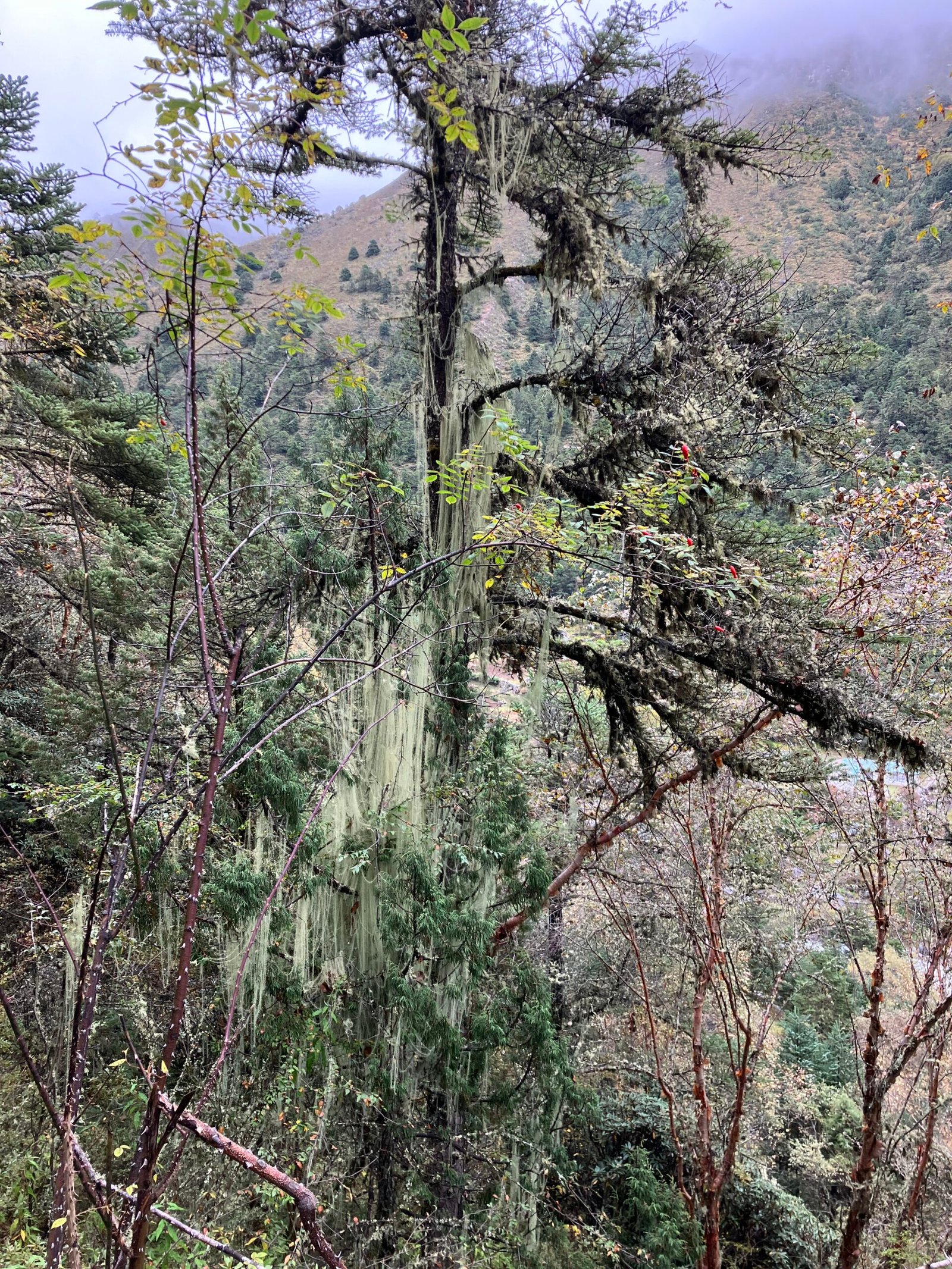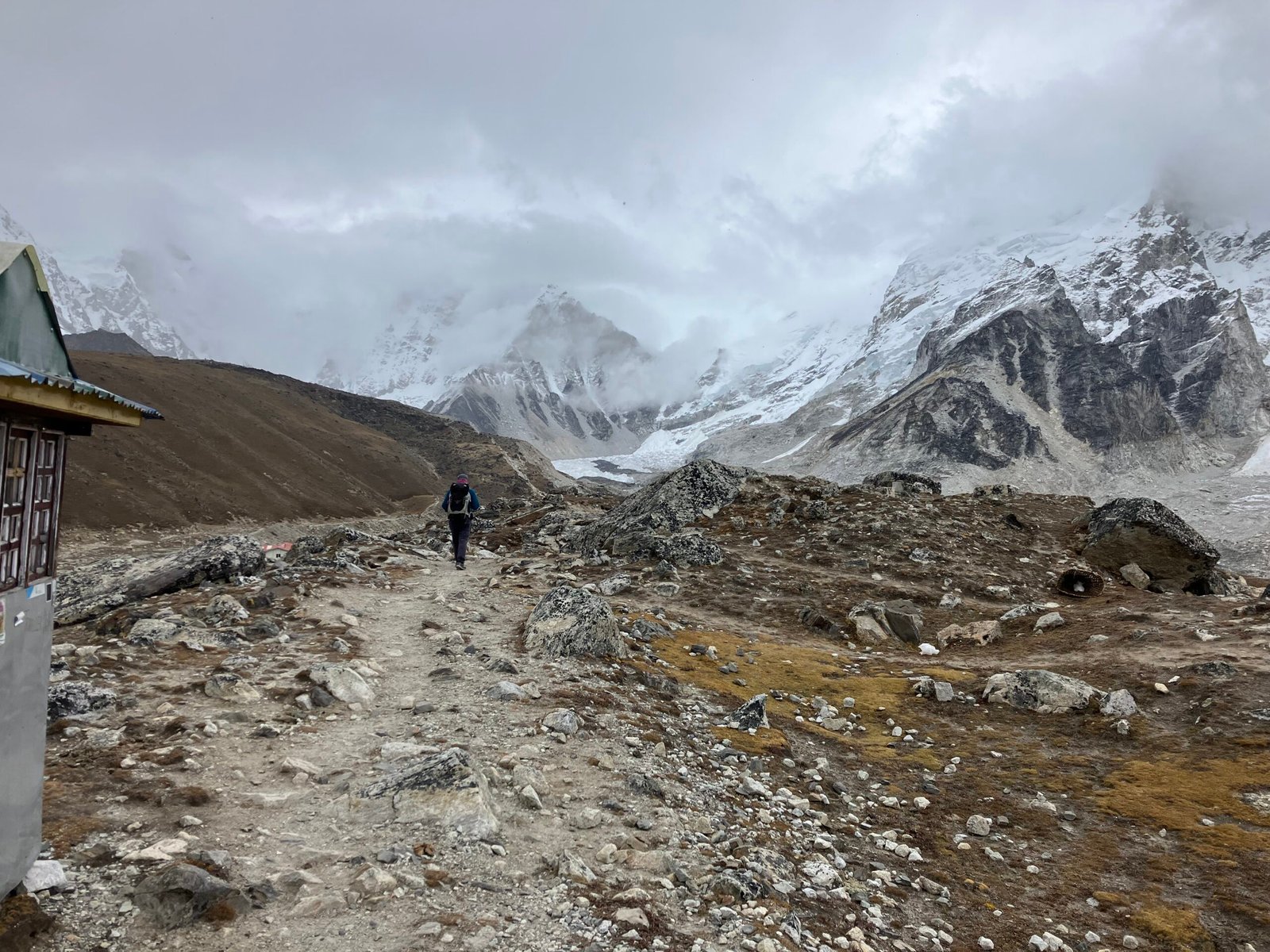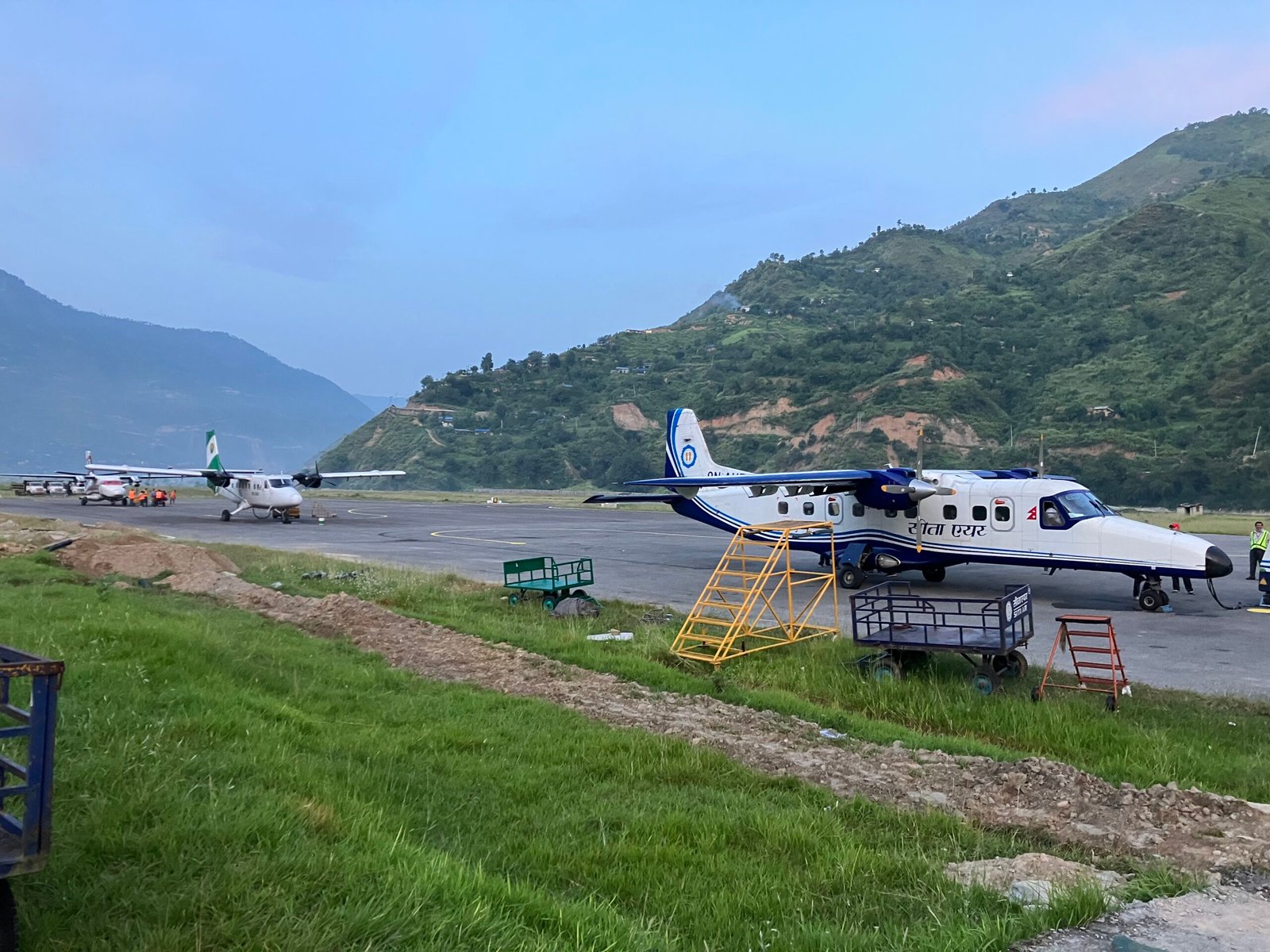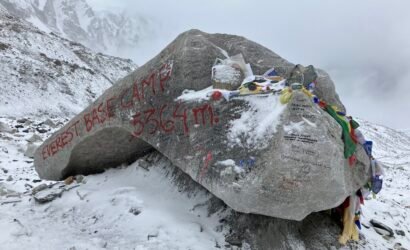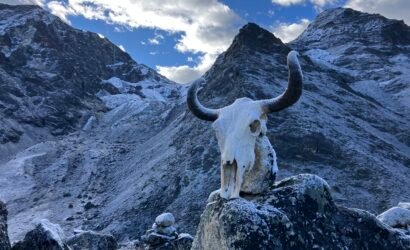The Annapurna Circuit Trek has some of the most spectacular views in the world, in particular of snow capped peaks over 6000m (19,685ft) and includes one of the big boys, a peak over 8000m. Whilst this is a slightly easier trek compared to EBC it should not be taken for granted, training and experience beforehand of at least five to six hours with a small pack should see you accomplish this adventure, whats more, you will have the most fantastic scenery inside the Annapurna Conservation Area, including bamboo and rhododendron woods and forests to step through. Annapurna 1 was the first peak over 8000m to be climbed, is the tenth highest and one of the most dangerous. The mountains spread out for over fifty kilometres forming the Annapurna massif, with Annapurna 1 standing proud at 8091m (26,545ft).
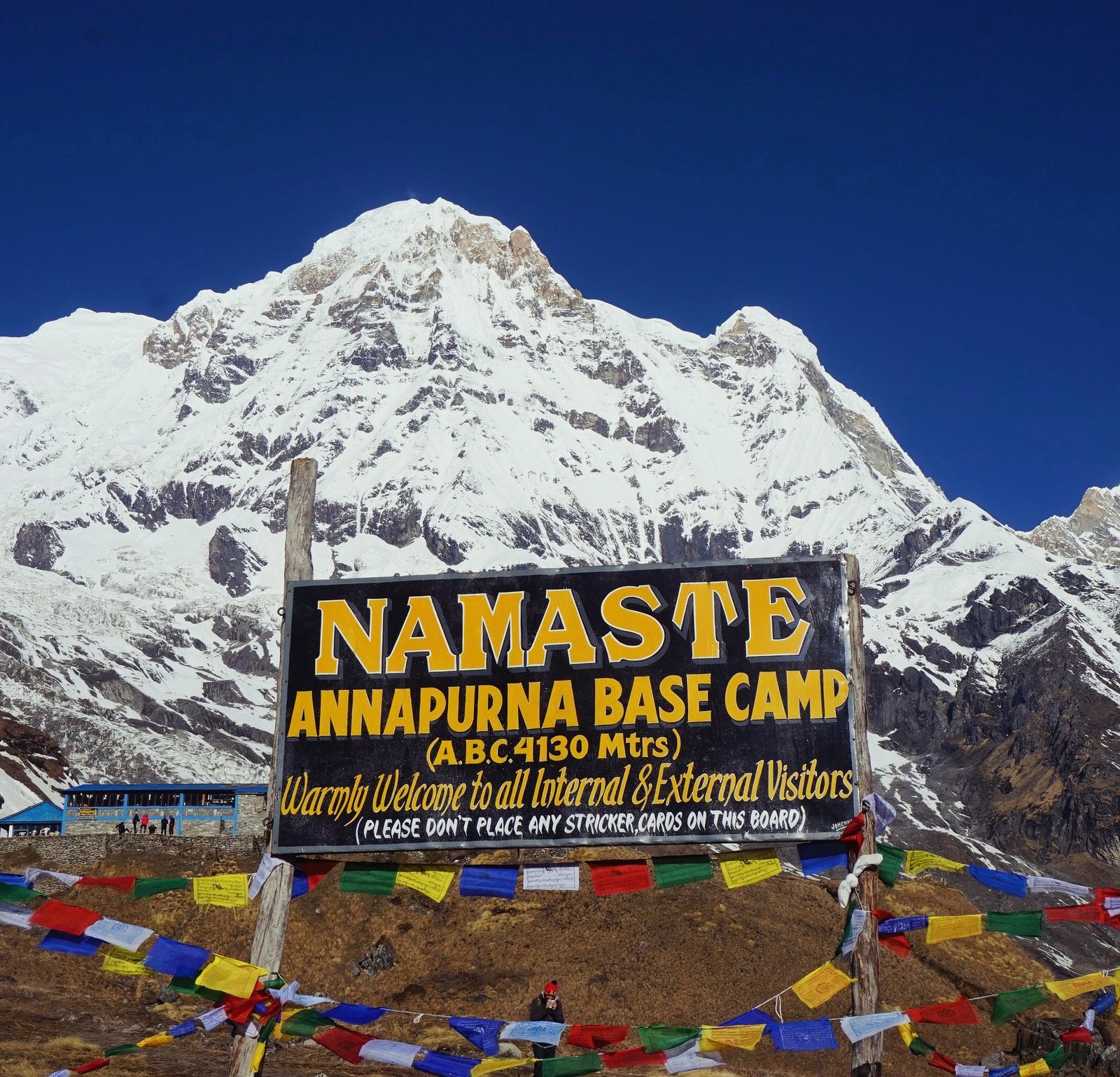
If you seek an adventure away from the crowds of Everest Base Camp, of nicer scenery and slightly less physically challenging then this is the trek for you.
Overview
The Annapurna Circuit Trek has some of the most spectacular views in the world, in particular of snow capped peaks over 6000m (19,685ft) and includes one of the big boys, a peak over 8000m. Whilst this is a slightly easier trek compared to EBC it should not be taken for granted, training and experience beforehand of at least five to six hours with a small pack should see you accomplish this adventure, whats more, you will have the most fantastic scenery inside the Annapurna Conservation Area, including bamboo and rhododendron woods and forests to step through. Annapurna 1 was the first peak over 8000m to be climbed, is the tenth highest and one of the most dangerous. The mountains spread out for over fifty kilometres forming the Annapurna massif, with Annapurna 1 standing proud at 8091m (26,545ft).
Itinerary
£2300
The Trip Cost Includes
- Airport Collection.
- City Hotel Room - As per Itinerary (Shared).
- Arrival Welcome Dinner.
- Any internal transport as required including any internal flight, for example a Tour Bus or a flight to Lukla/Pokhara.
- City Cultural Tour.
- All Meals for trip as per itinerary, Breakfast/Lunch/Dinner, including a Tea or Coffee.
- Tea House/Camp/Family Accommodation during the 'Trek' phase.
- ECO Filtered Water for trekking phase.
- Services of an experienced English speaking Guide.
- Services of a Porter, one between two trekkers.
- Transportation, Meals, Accommodation and Insurance for your Guide/Porter.
- Permits to Trek & Local/Government Taxes and Paperwork.
- Exclusive adventure.i.am Tee Shirt & Sticker!
- Departure Farewell Dinner.
- First Aid Kit (carried by the Guide). We advise each trekker to carry their own small personal First Aid Kit.
- Airport Drop Off.
The Trip Cost Excludes
- The international flights to & from Nepal.
- Visa for Nepal.
- Tips for Staff including any Porters.
- Travel & Medical Insurance (that must cover helicopter extraction).
- Trip extensions, excursions or stay overs.
- Some meals (as mentioned in the itinerary).
- Any health inoculations, immunisation or vaccinations, medical treatment or hospitalisations.
- Personal expenses such as wifi, extra bottled water, tea house showers, laundry, bar bill, snacks, mobile phone charging, extra museum/attraction visits, shopping.
- Extra Hotel stays, helicopter rides, for example early return to Kathmandu or extraction.
- Currency Exchange (Staff will show you where to go).
Frequently asked Questions
The best time to trek to Annapurna Base Camp is during the pre-monsoon (spring) season from March to May and the post-monsoon (autumn) season from late September to November. These months offer stable weather, clear skies, and excellent visibility of the surrounding mountains.
Annapurna Base Camp is a Grade B or a moderately difficult trekking route. So any fit person can do this trek, even if you do not have any previous experience. You should be aware of what to expect and mentally prepare for it.
Essential items to pack for the trek include sturdy hiking boots, warm clothing layers, a down jacket, rain gear, sunscreen, sunglasses, a refillable water bottle, trekking poles, a headlamp or flashlight, basic first aid supplies, and personal toiletries. It’s also recommended to carry snacks and water purification tablets. See our Blog posts for a full equipment list or ask on our social media channels.
On average, you walk about 4 to 6 hours per day, about 10-15 km’s during the Annapurna Base Camp trek, with daily trekking durations ranging from 5 to 7 hours. However, the specific distances and durations may vary based on individual pace, group preferences, and acclimatisation needs. or two days can be as less as 3hrs and one or two days can be as long as 7hrs .
The highest altitude reached is 4190m. This is the elevation of Annapurna Base Camp. ABC is the highest we will climb in this trek.The Annapurna Base Camp trek involves a gradual altitude gain from approximately 1,070 meters in Nayapul to 4,130 meters at the base camp. To prevent altitude sickness, it’s crucial to maintain a slow and steady pace, stay hydrated, acclimatize properly, and be aware of symptoms such as headaches, nausea, and dizziness.
Yes, you can charge batteries en route. Chargers should be brought. There are hot shower facilities as well. You may have to pay certain amount for both ($1-$2). Negotiate. Also, hot water facility could be free at lower elevation.
Yes. Internet can be accessed in most places for a fee. Sometimes, there might be some technical problems. Internet in Nepal is not as fast as you are used to and at times you can just lose connection.
